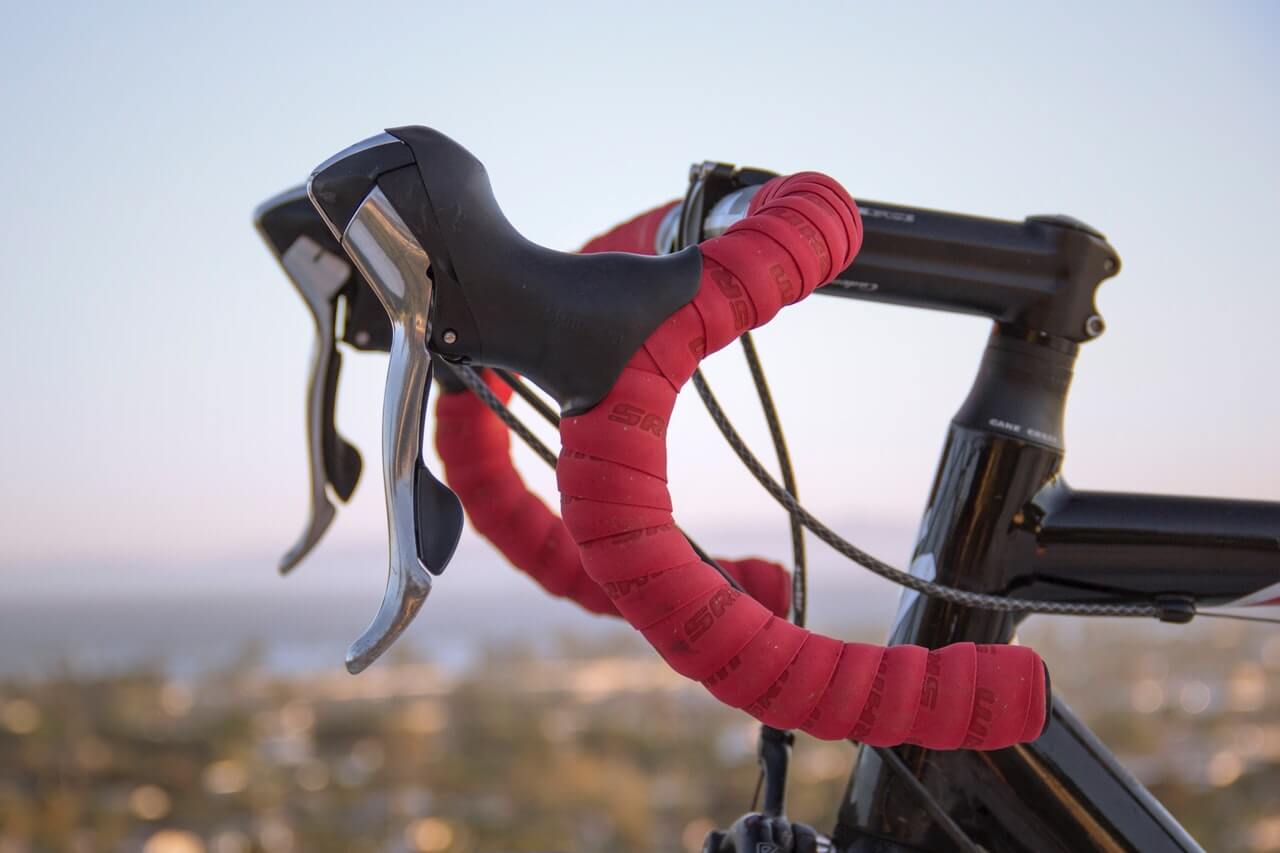The rush of a holiday sales season can trigger a huge amounts of stress for any small businesses, especially when it comes to inventory management. Customers lines can be long, order requests can be unexpected, products can run out of stock, and a lot can go wrong.
Before you panic, read these tips for some extra perspective. The main thing to remember is that it’s all about planning ahead.
Plan Your Inventory Orders According to Storage Space
It’s likely that your shop is short on storage space. Stockroom sizes are typically small, rent is expensive no matter where you are, and storage is never cheap.
Know the exact amount of square footage you have for storage space. Don’t order more inventory than can fit in the space you have. It’s a science, not an art. That is, unless you want to get creative and incorporate cardboard boxes into your merchandising!

Plan your Inventory Forecasting Based on Sales
Do you plan inventory orders based on what you anticipate selling? Or what you have been selling. Or both?! It’s a bit of a chicken and egg situation.
The best way to determine inventory need is to calculate it two ways: by units and by sales $.
How to Calculate Inventory Need Using Unit Sales
First, look at sales per item from last holiday season or the last 6 months. You want to make sure there are enough transactions for an accurate dataset. See what you’ve sold per item, and multiply that by the increase in sales you expect during the holiday.
For example, if you sold 10 units during the last 6 months and you expect to do 3x the business in terms of $ during the holiday, multiple that 10 by 3 to get anticipated sales of 30 units. Of course, there are numerous factors to adjust for – were you fully in stock the whole 6 months, is the product trending in the industry, were all 10 units part of one transaction, or are there other factors influencing sales? Find outliers in the data and exclude these if you can.
How to Calculate Inventory Need Using Sales Numbers
Then try forecasting units needed by starting with sales dollars.
If you sold $300 of Product A (priced at $15) during a $30,000 holiday season, that would be 1% of sales. Look at your total forecasted sales dollars for this upcoming holiday season. Let’s say you plan to do $45,000 this holiday season. Take the 1% x $45,000 to get $450. Divide the $450 by the unit price ($15) to get 30 units of forecasted need.
You can take these % of sales factors and multiply by total forecasted sales $ to get total need. As the season unfolds, you can alter based on how close you are to forecasted sales, adjusting to higher sales or lower sales with a factor.
Calculate Inventory Need Using Unit Sales
First, look at sales per item from last holiday season or the last 6 months. You want to make sure there are enough transactions for an accurate dataset. See what you’ve sold per item, and multiply that by the increase in sales you expect during the holiday.
Of course, there are going to be numerous factors to adjust for – were you fully in stock the whole 6 months? Is the product trending in the industry? Were all 10 units part of one transaction, or are there other factors influencing sales? Find outliers in the data and exclude these if you can.

For example, if you sold 10 units during the last 6 months and you expect to do 3x the business in terms of $ during the holiday, multiple that 10 by 3 to get anticipated sales of 30 units.
Use Your Inventory Forecasts to Plan Shipments
Once you know your forecasted inventory purchases, you can plan them according to space and staffing. If you’ll have more employees on hand to unload a truck on Wednesdays and your products have a two day lead time, order on Mondays. If you know that the bulk of your sales will be on weekends, plan to have product arrive by Thursday for unpacking, processing, pricing, and shelving.
React As Quickly As Possible After Weekend Sales
Chances are you see busier sales days on the weekend. If this is the case – make sure you’re analyzing data and placing reorders for inventory on Mondays. If you wait until later in the week, you’ll have a harder time catching up and may risk days out of stock in store.
Place Orders As Early As You Can
It’s common for vendors to run out of product during the holiday season, especially if market uncertainty creates longer delays from manufacturers. Be in communication with vendors as early as possible. Ask them to reserve product for you. They may require you to purchase it upfront – try to negotiate a way to reserve it without taking the full shipment.
If you have a hot item that’s topping your sales lists, buy the total amount you need for the season right away. It’s one thing to buy too deep on a #150 ranking product and have leftover stock. It’s another to run out of your #1 product for any amount of time during the holiday.

Set Reorder Points/Replenishment Points
Once you know expected sales per product, you can set a reorder point that alerts you to order more when running low. Many inventory management systems or Point of Sale (POS) systems have this feature.
Use Tracking To Determine How Much You’ll Receive Each Day
As far as space is concerned, you can use tracking information from UPS, FedEx, or USPS to get a sense of your incoming shipments by day. Ask your account representative for help with this.
Managing your inventory during the holiday season is difficult – there’s no way around it. But with ample planning, analysis, and a little bit of determination, you’ll be able to manage your inventory like a pro!
Looking for more advice?
Overcome the challenges facing small to medium sized businesses with help from some of the expert advice below…






